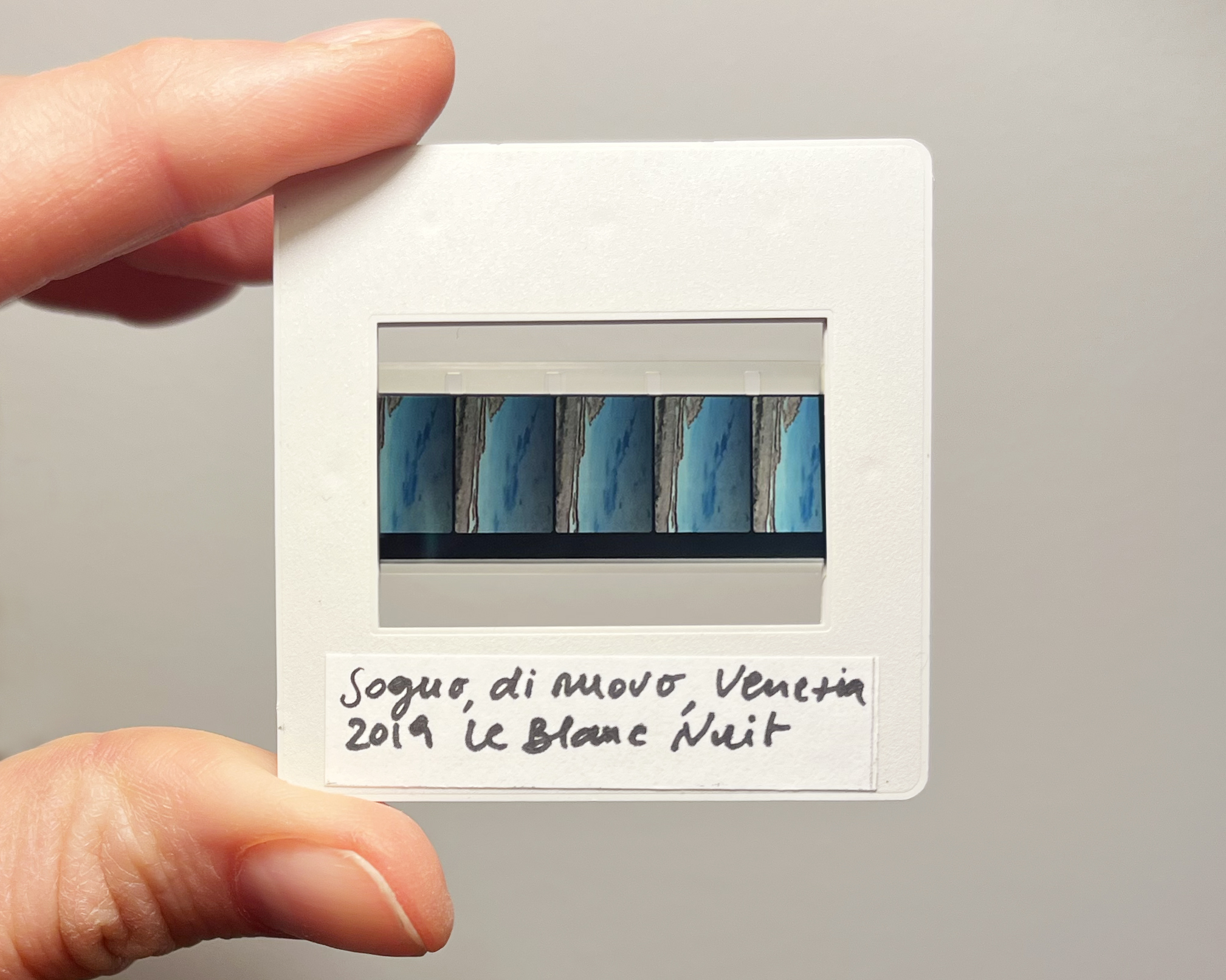Le Blanc Nuit
Le Blanc Nuit was born from the idea of recording Venice which, in its fragility, seems to slowly disappear. Margherita Muriti weaves this thin interlacing of images and words in order to evoke her connection to the city; and within it, transcribes memories, sensations found in an image which, in its different forms, proves impalpable.
![]()
![]()
![]()
Without a sound, Margherita’s delicate and versatile images plunge us in a nebulous atmosphere tinged with melancholy.
Like in the process of a haiku, the artist does not only sketch an autobiographical image with a retrospective nature, but engages imagination and dream alike.
If reflecting on the nature of the photographic medium is at the heart of her research, aiming to record and remember, the artist explores other mediums as well; other materials which, in their fragility, also seem to be destined to disappear. Images faint and become a mist that could be an aroma, a vibration that could be sound.
In the first series of Images oubliées composed by Claude Debussy, an actual story without words takes shape. The composer proposes a musical speech that gives way to visuals (the light reflecting on water in its Reflets dans l’eau) or to sensations (introspection and melancholy in the subtle Hommage à Rameau). Painting with music notes, Debussy attempts to render his impressions: music and painting constantly correspond with each other. Nineteenth-century painters, such as Monet or Sisley, also tried to replicate these impressions. But when Debussy and many others called upon sensation as impression, Margherita shapes the literal sense of the word through the process of imprinting a medium; in this case film or photography.
In each artwork, the impression is contradicted, fades with time, disappears when one’s hand stops touching it or when taken close to a source of light.
Le Blanc Nuit was born from the idea of recording Venice which, in its fragility, seems to slowly disappear. Margherita Muriti weaves this thin interlacing of images and words in order to evoke her connection to the city; and within it, transcribes memories, sensations found in an image which, in its different forms, proves impalpable.
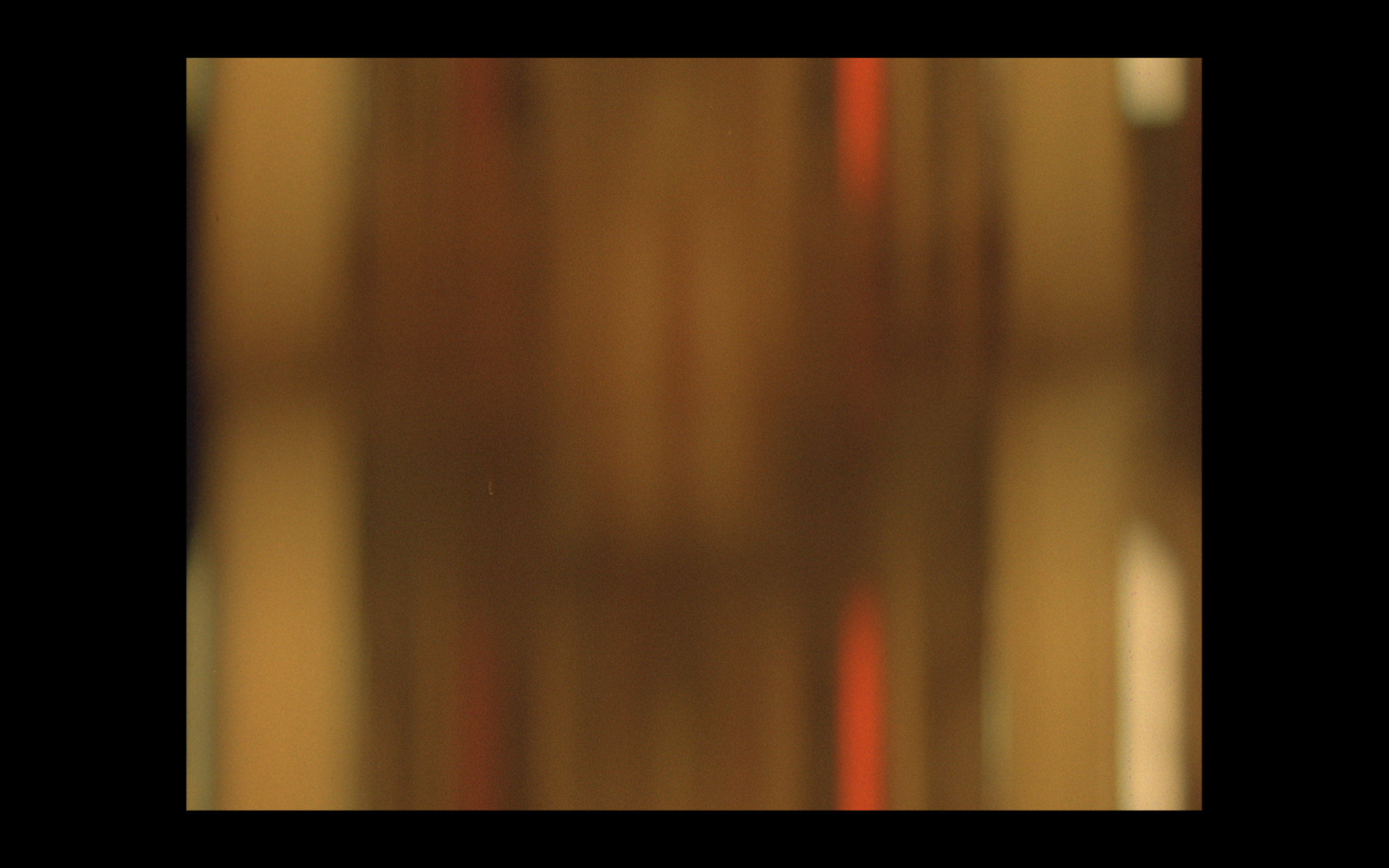
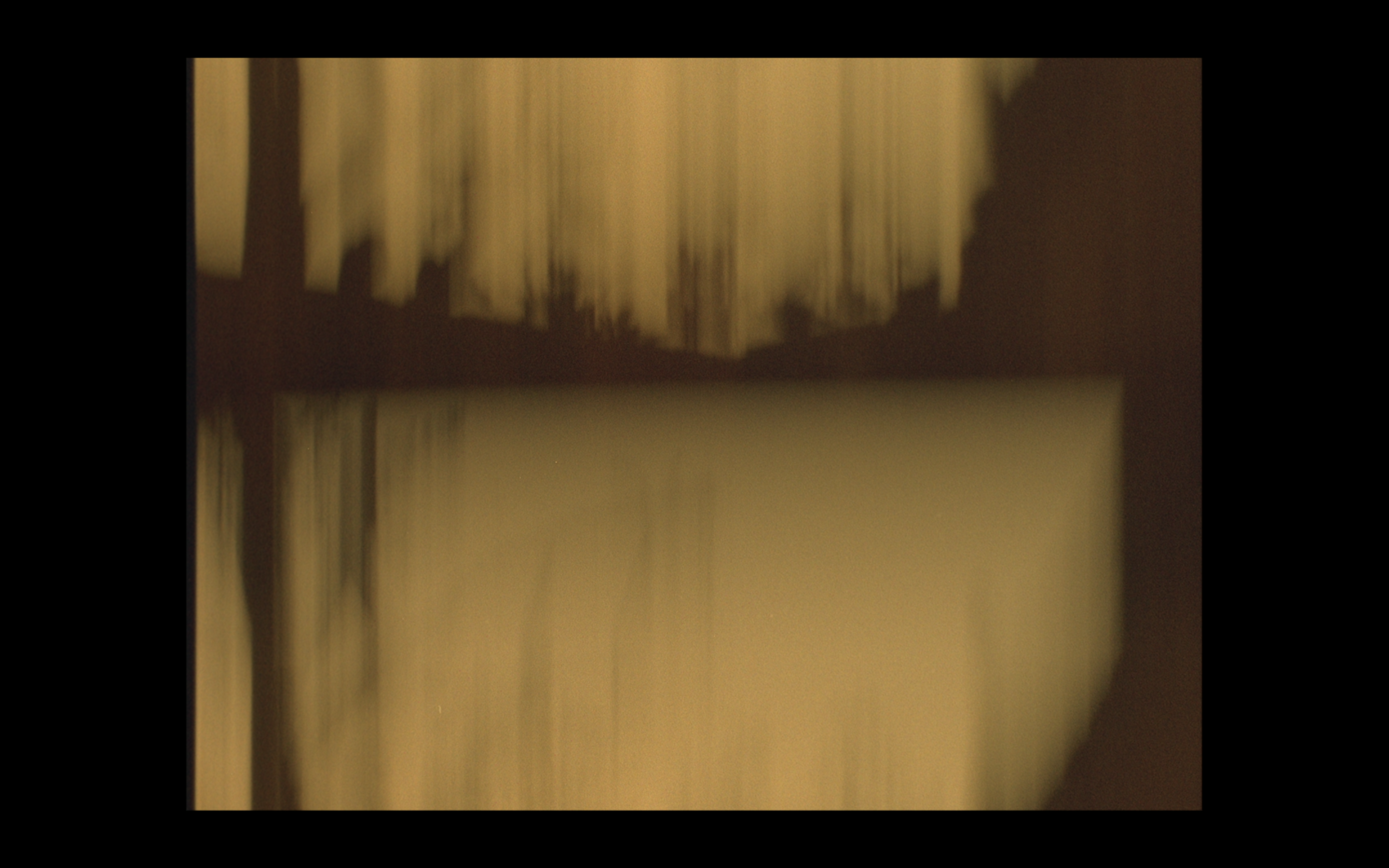
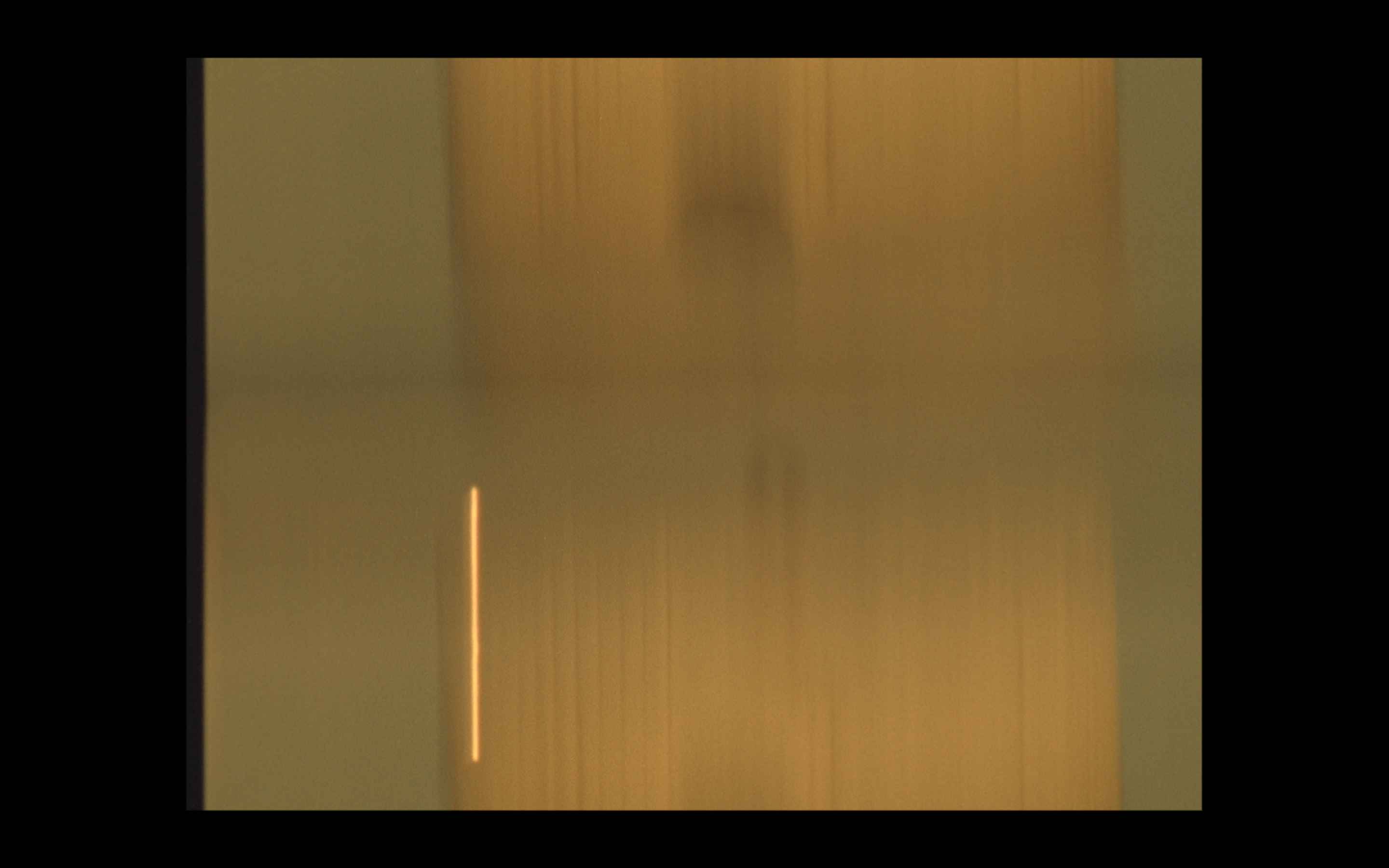
Without a sound, Margherita’s delicate and versatile images plunge us in a nebulous atmosphere tinged with melancholy.
Like in the process of a haiku, the artist does not only sketch an autobiographical image with a retrospective nature, but engages imagination and dream alike.
If reflecting on the nature of the photographic medium is at the heart of her research, aiming to record and remember, the artist explores other mediums as well; other materials which, in their fragility, also seem to be destined to disappear. Images faint and become a mist that could be an aroma, a vibration that could be sound.
In the first series of Images oubliées composed by Claude Debussy, an actual story without words takes shape. The composer proposes a musical speech that gives way to visuals (the light reflecting on water in its Reflets dans l’eau) or to sensations (introspection and melancholy in the subtle Hommage à Rameau). Painting with music notes, Debussy attempts to render his impressions: music and painting constantly correspond with each other. Nineteenth-century painters, such as Monet or Sisley, also tried to replicate these impressions. But when Debussy and many others called upon sensation as impression, Margherita shapes the literal sense of the word through the process of imprinting a medium; in this case film or photography.
In each artwork, the impression is contradicted, fades with time, disappears when one’s hand stops touching it or when taken close to a source of light.
Margherita uses the limited format of 16 mm motion picture film in order to create images that come alive, and that steal away. Her film, as well as her engraved texts, creates resonance for the shapes, the linearity of a building, of the inside of a church, of trees shading a square,
of faces sketched on facades, and of the very real hands of a woman. They are small images that whisper sensations, in one’s ear as well as hand.
One of Giorgione’s frescoes now preserved in the Palazzo Grimani and entitled Nuda, echoes the portraits made on fishing nets by Margherita of fading images, becoming blurred, like diluted.
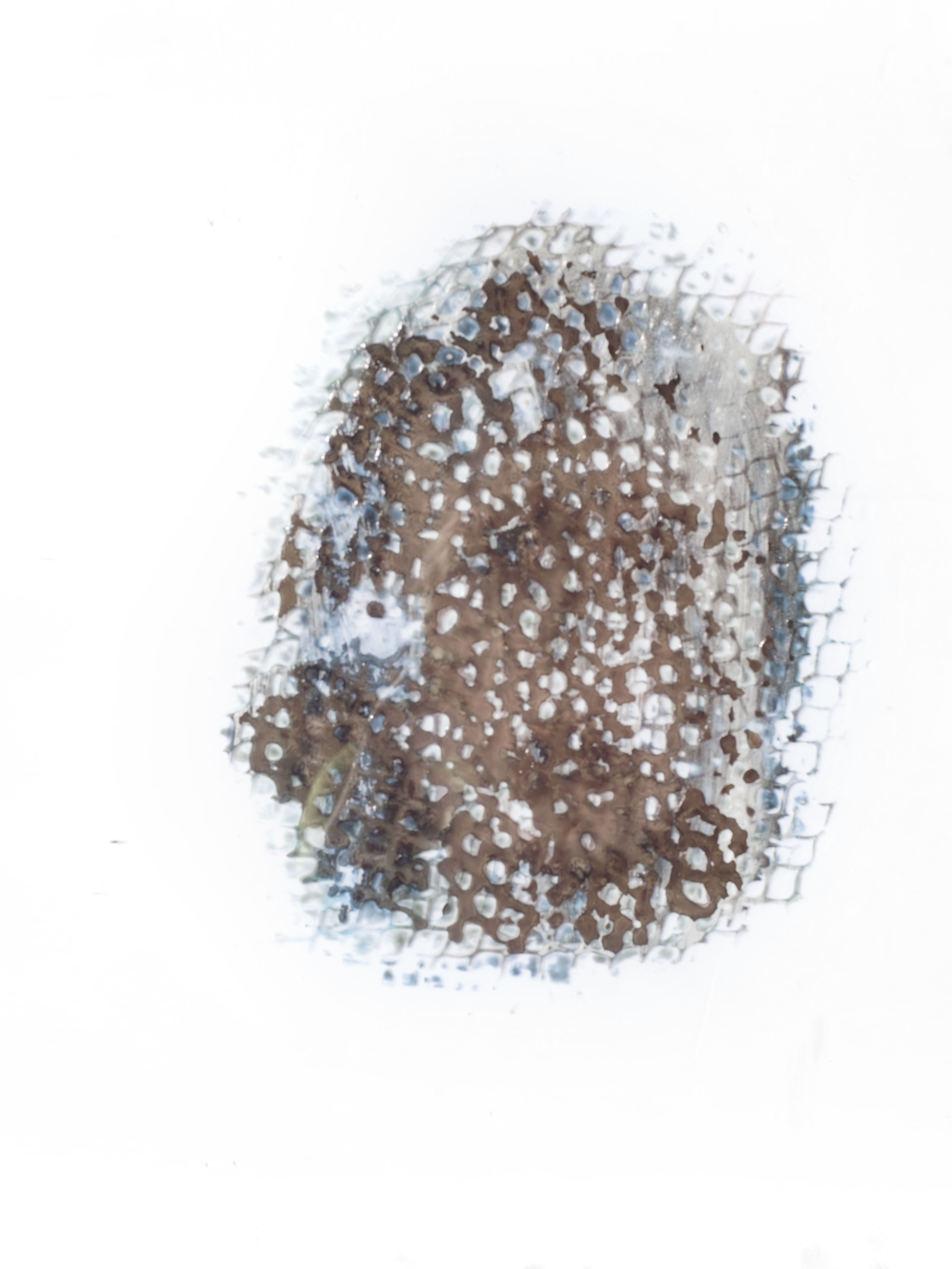
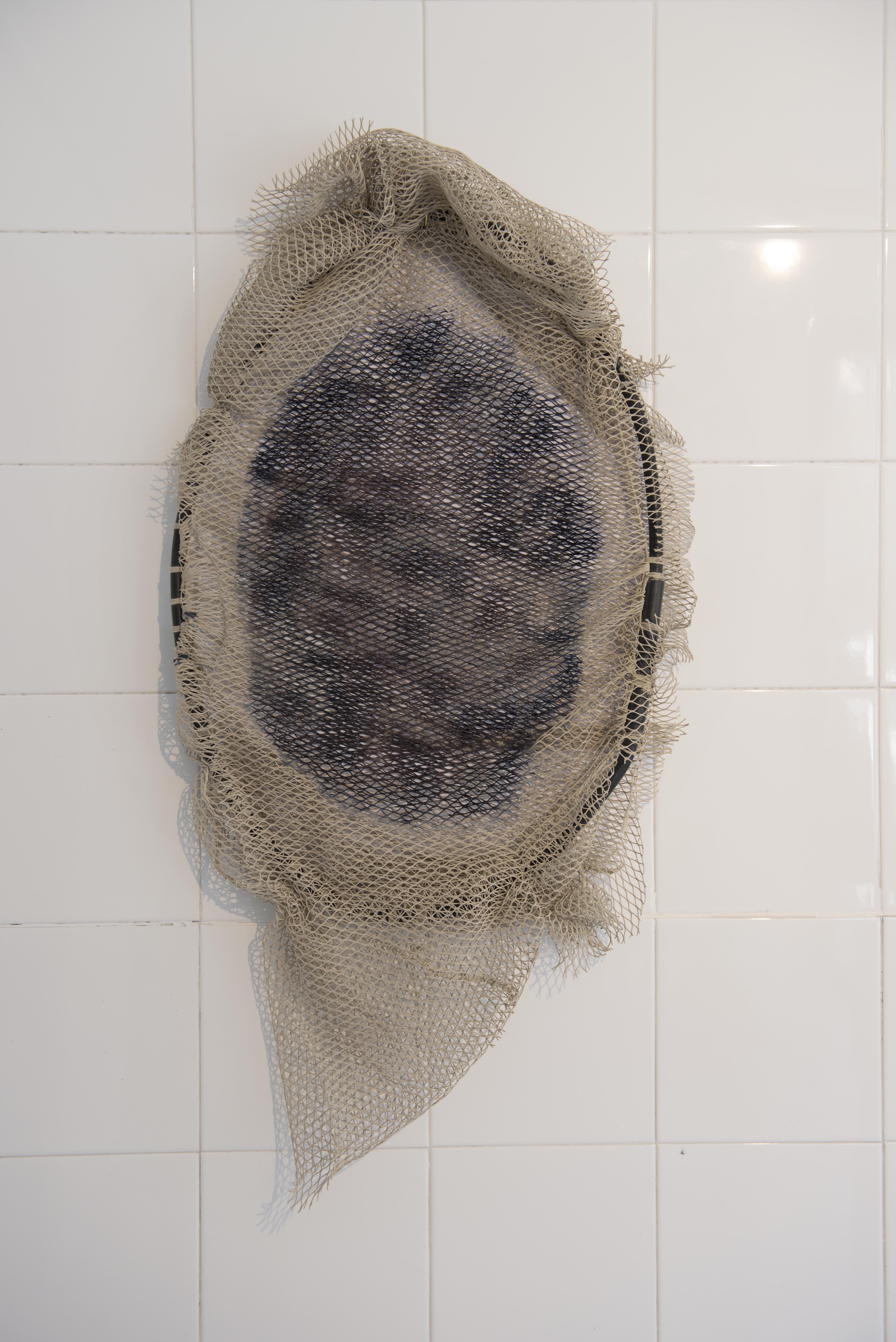
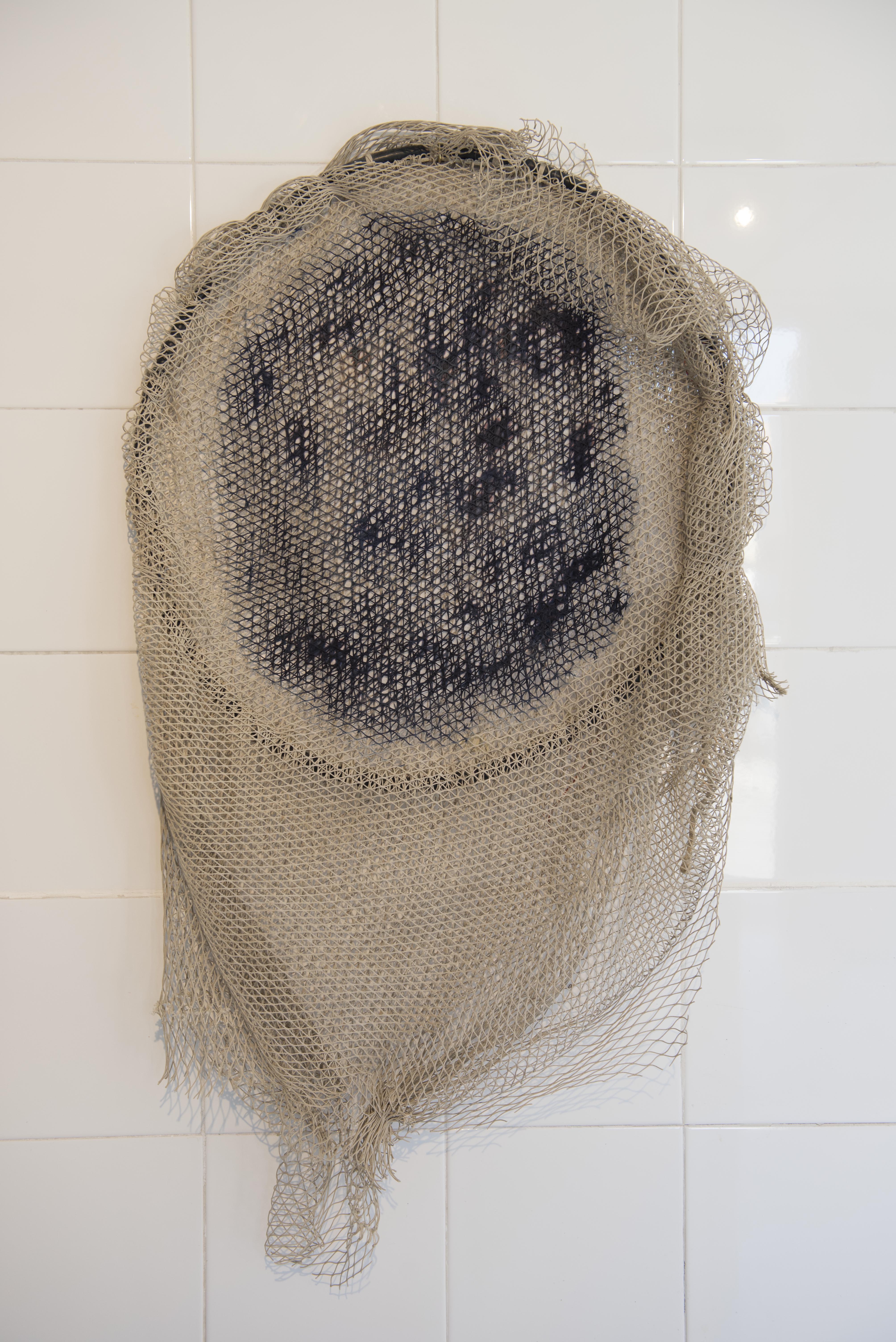
It is a form of contradiction with its medium, the material of the image, here a net, there a crackled fresco the lines of which become clear-cut, sharp, like desiccated earth, like a mosaic. The fresco, derived from the Italian word for fresh, suddenly flakes, chips away, fades. This face comes from another time and belongs to the outdated art of mythical portraits, as a fresco, a bust, or a tondo.
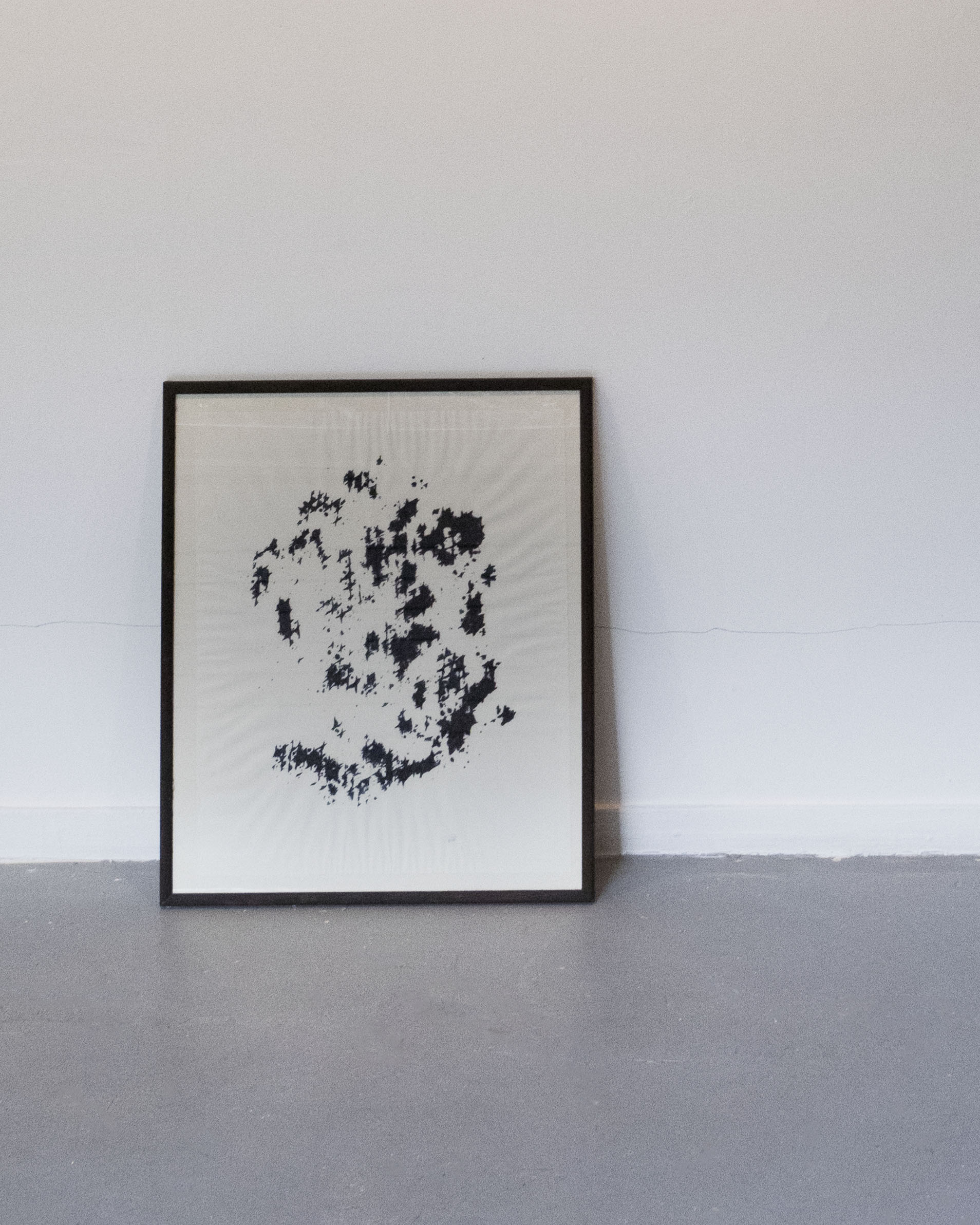



White, just like light, can also be harmful and maybe that is what really creates unity in images, rather than their contrast: an expression marrying a diffuse, vaporous, bright white, with the darkness of a night; and the dense,
thick, dark black shrouding and embracing the white of a fog, of a moon that is forgetful of the night.
In a play on lights, shadows, and transparencies, Margherita’s images become elusive, frac- tured, ephemeral, fleeting. And yet, the entirety of her work calls for recollection.
Reminiscent of the incessant to and fro of idaes, of the lapping or movements of water circulating through the canals of Venice, Le Blanc Nuit becomes an itinerary, a journey.

Written by Garance Laporte, for the exhibition Le Blanc Nuit,
VAP Gallery, Venice, IT
To watch the complete film
https://vimeo.com/352291841
fishingvenice
Click here for a more detailed presentation of the exhibition program, artists performances and workshops.
![]()
![]()
![]()
Le Blanc Nuit
was part of
the exhibition
Les Temps des Choses, at Galerie Plateforme, Paris, 2024
![]()
Lightboxes, photograms 16mm Selected unique pieces from a larger collection
![]()
Un Giorno
Lightbox,24x32cm photograpms 16mm
![]()
Kodak Carousel installation,
55 pieces
with 5
photograpms each
![]()
![]()
https://vimeo.com/352291841
fishingvenice
Click here for a more detailed presentation of the exhibition program, artists performances and workshops.
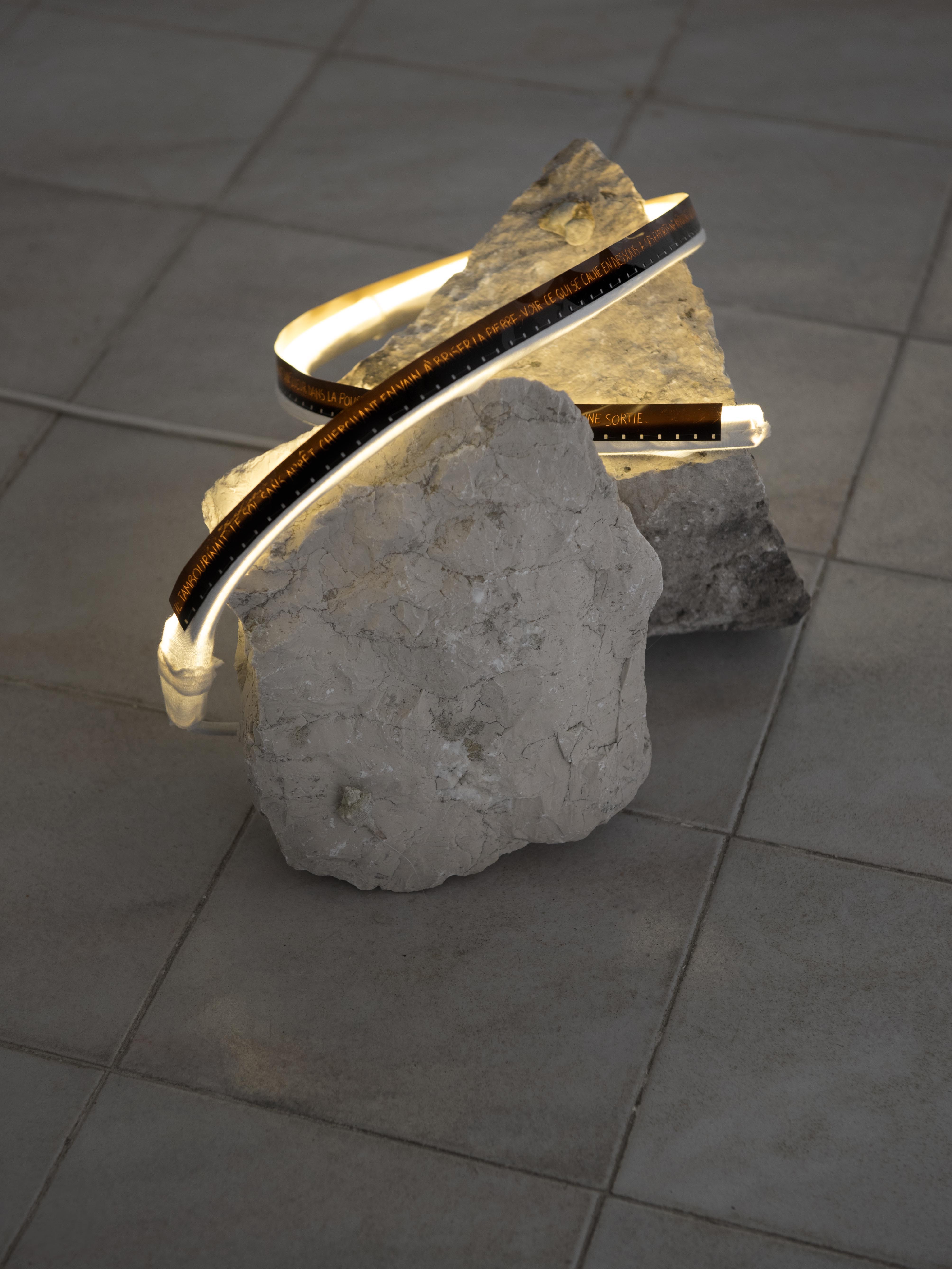
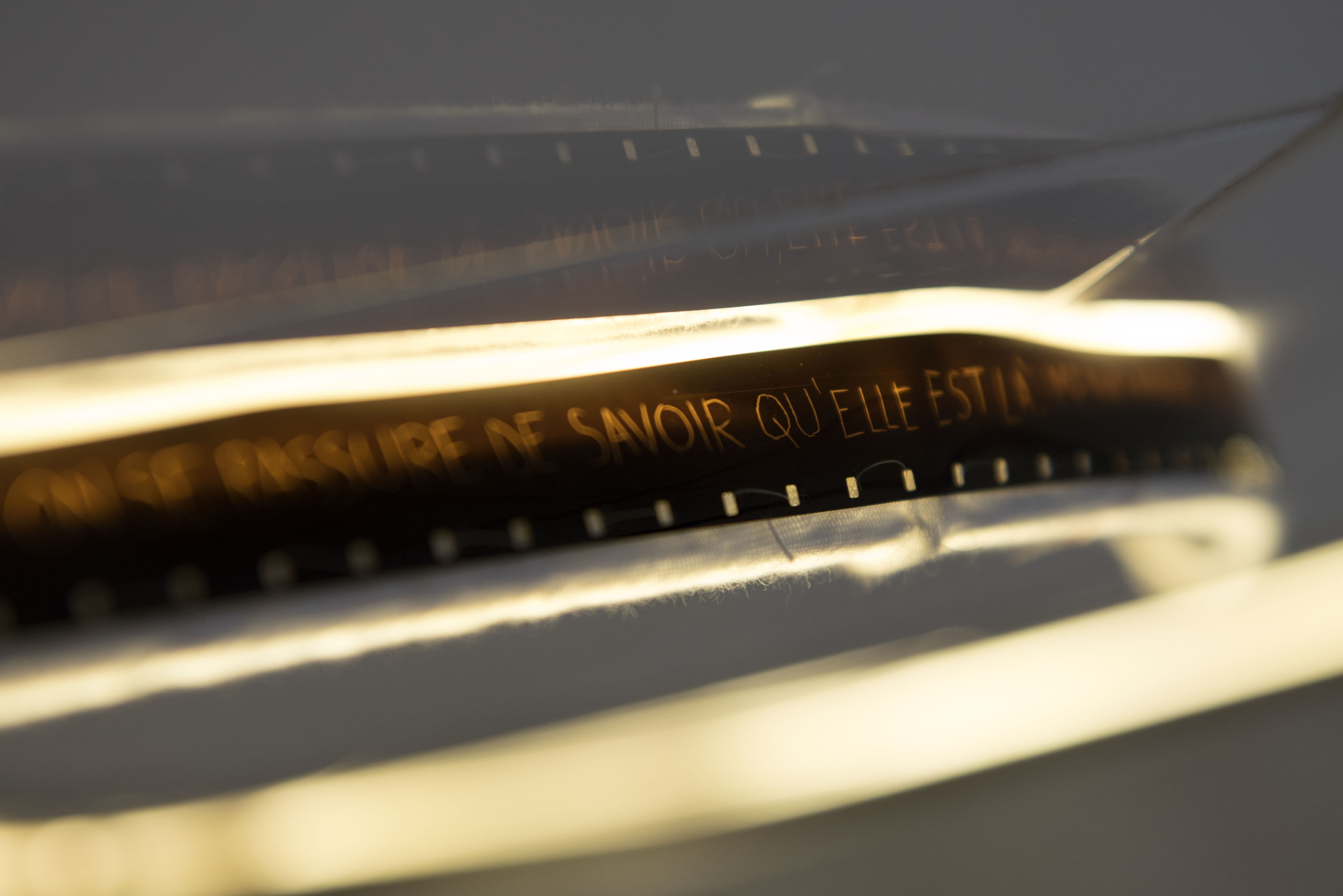
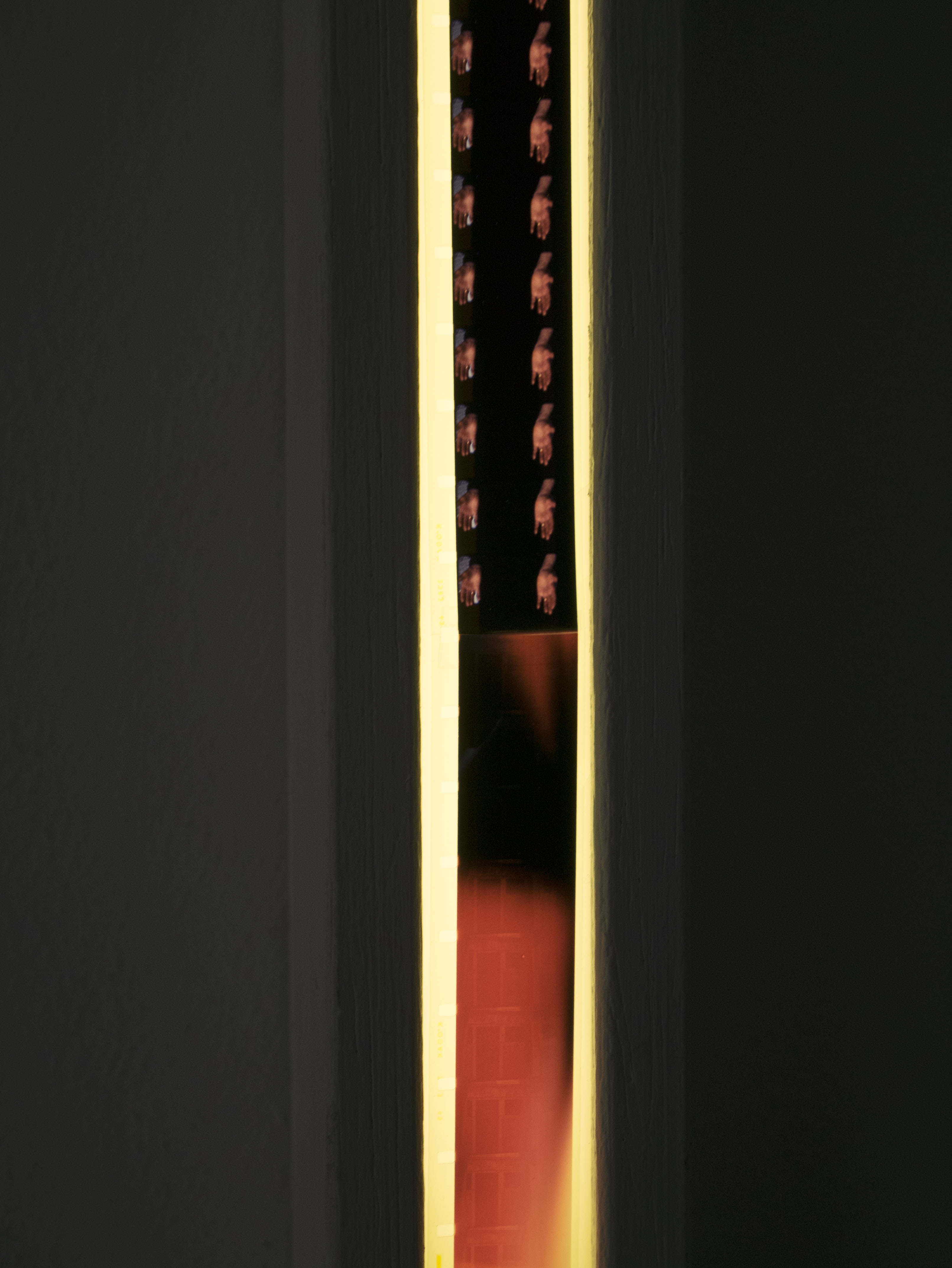
Le Blanc Nuit
was part of
the exhibition
Les Temps des Choses, at Galerie Plateforme, Paris, 2024
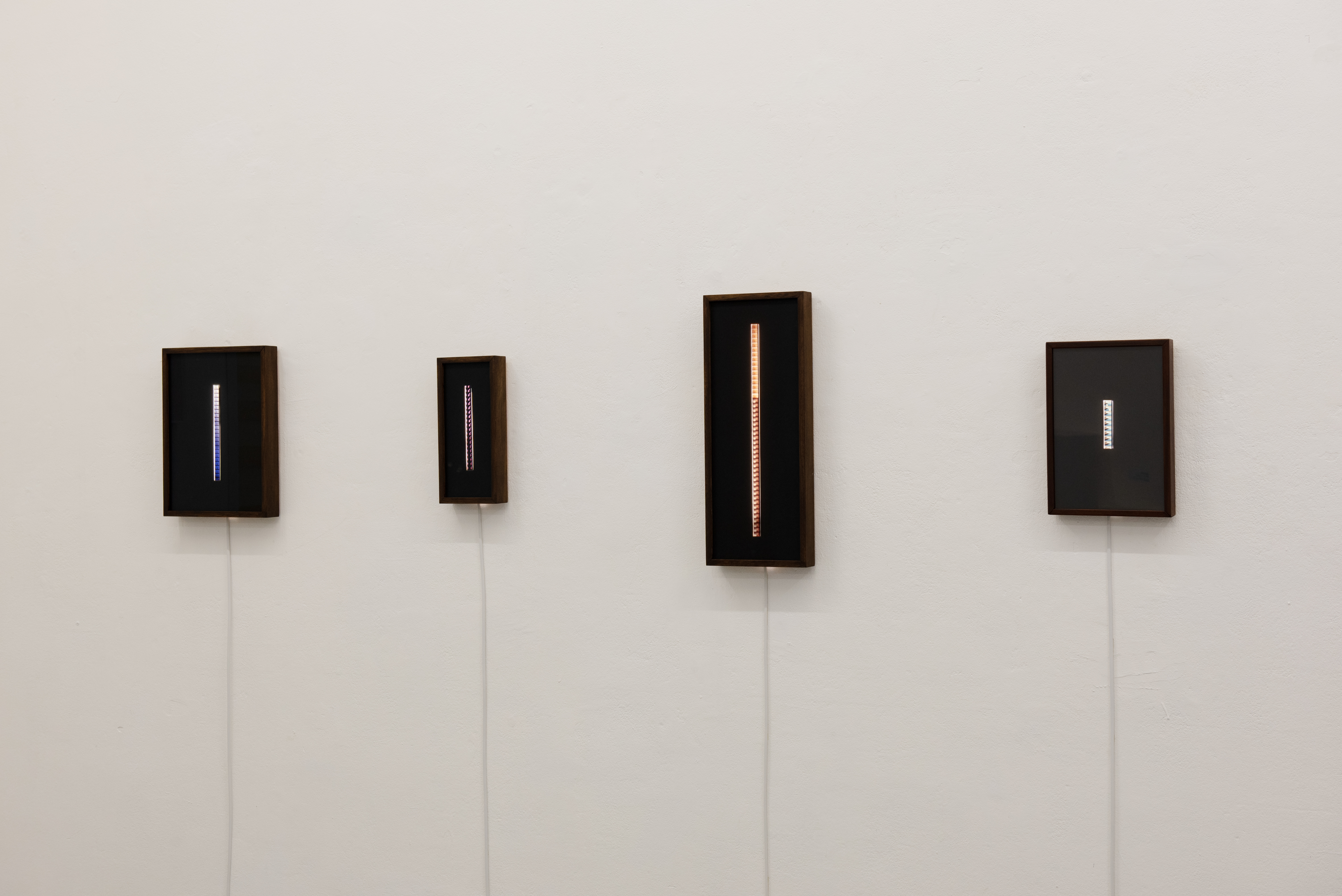
Lightboxes, photograms 16mm Selected unique pieces from a larger collection

Un Giorno
Lightbox,24x32cm photograpms 16mm

Kodak Carousel installation,
55 pieces
with 5
photograpms each
